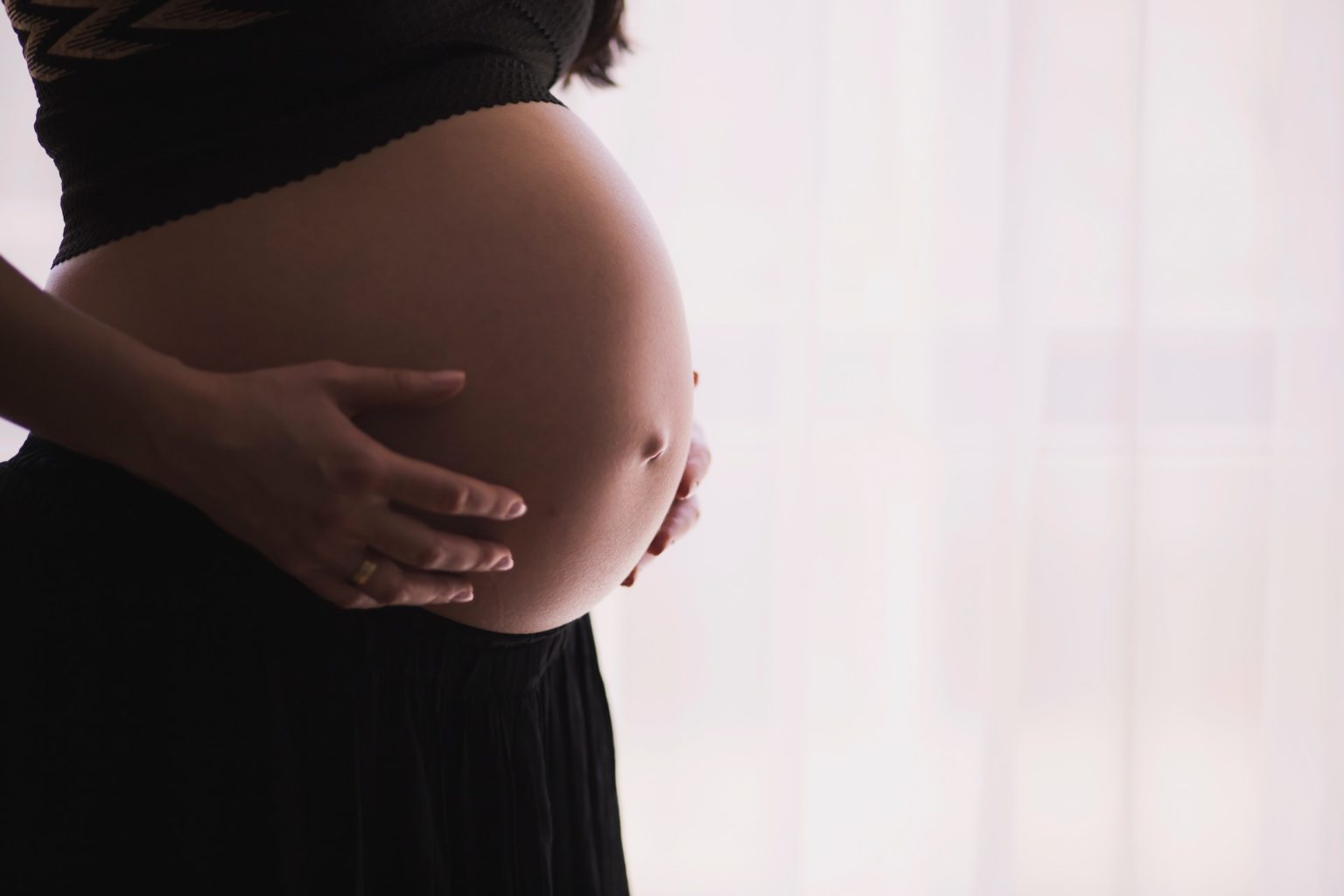Sciatica in pregnancy

Being pregnant can be one of the most exciting times in a woman’s life. However, you may experience a number of uncomfortable symptoms. One such symptom can be sciatica.
What affects sciatica during pregnancy?
Sciatica is a condition caused by the sciatic nerve being strained, usually by increased pressure on it. It is the largest nerve in our body and extends from the lumbar spine to the legs. Pregnancy can increase the risk of sciatica because of the extra weight and changes in body posture and center of gravity that come with a growing belly.
Causes of sciatica during pregnancy
Sciatica during pregnancy can be caused by a number of factors. For example, the growing uterus can put pressure on the nerve, and hormonal changes can lead to inflammation and swelling of nearby tissues. Changes in the body’s posture and center of gravity put a different load on the body. The curve of the lumbar spine increases and the compression between the vertebrae increases. The pelvis also becomes more forward tilted. The position of the baby in the womb can also put pressure on the sciatic nerve.
Symptoms of sciatica during pregnancy
Symptoms of sciatica during pregnancy can include pain, tingling or numbness in the lower back that radiates down to the seat, legs and feet. The pain may be perceived as sharp and sudden but can also behave as a nagging, chronic ache. Sciatica can also lead to difficulty moving, especially when it comes to lifting your leg, standing up or walking.
Here you will find our Sciatica test.
How common is sciatica during pregnancy?
It is common to experience sciatica-like symptoms during pregnancy. However, it is usually false sciatica that we are talking about. The pelvis expands during pregnancy, which can cause the sciatic nerve to become pinched. In false sciatica, the pain only radiates down to the knee.
Statistics and data
According to research, around 50-80% of women experience some form of back pain during pregnancy. Up to 30% of these may have sciatica. However, it is important to note that every woman and every pregnancy is unique, and that some women may not experience sciatica at all, while others may have more pronounced symptoms.
Risk factors
Some women may be more likely to develop sciatica during pregnancy than others. Risk factors may include a history of back problems, multiple pregnancies, being overweight and a sedentary lifestyle.
Management of sciatica during pregnancy
There are several methods to manage sciatica during pregnancy, from self-care tips to medical treatments.
Self-care tips
There are many ways to relieve sciatic pain at home. It is helpful to take frequent breaks from standing or sitting for too long, wear a supportive belt to relieve pressure on the lower spine and pelvis, and to sleep on your side with a pillow between your knees to keep your spine in a neutral position.
Medical treatments
If self-care is not enough to manage the pain, it may be necessary to consider medical treatment. These may include specific pregnancy exercise or physiotherapy to strengthen the back and pelvic floor and improve posture. However, it is important to discuss all treatment options with your doctor to ensure they are safe for both you and your baby.
Prevention of sciatica during pregnancy
Although sciatica cannot always be prevented, there are several things you can do to reduce your risk.
Preventive exercises
Performing regular stretching and strength training exercises can improve posture and balance, as well as reduce strain on the spine and pelvis.
Lifestyle changes
Lifestyle changes, such as maintaining a healthy weight, eating a nutritious diet and avoiding wearing high heels can also reduce the risk of sciatica. In addition, improving the ergonomics of your workplace and home can be beneficial. Ask for help to avoid unnecessary strain on joints.
Sciatica during pregnancy – frequently asked questions and answers.
How common is sciatica during pregnancy?
Sciatica can occur during pregnancy. However, it is more common to suffer from so-called false sciatica.
What are the best ways to relieve sciatica pain during pregnancy?
There are several methods to relieve sciatic pain during pregnancy. These can be various stretching exercises, customized exercise, hot or cold compresses, massage and in some cases physiotherapy.
Can sciatica affect my baby?
No, sciatica does not directly affect your baby. However, constant pain and discomfort caused by sciatica can affect your general well-being and stress levels, which can indirectly affect your baby.
What are some effective home treatments for sciatica during pregnancy?
Some effective home treatments for sciatica during pregnancy can include rest, stretching exercises, customized strength and balance exercises, hot or cold compresses, and massage.
So, although sciatica can be a challenging part of pregnancy, there are many ways to manage this condition and to relieve the pain. Remember, if you have any concerns about sciatica during pregnancy, you should always contact your doctor or midwife for advice and treatment.
 Search
Search


































